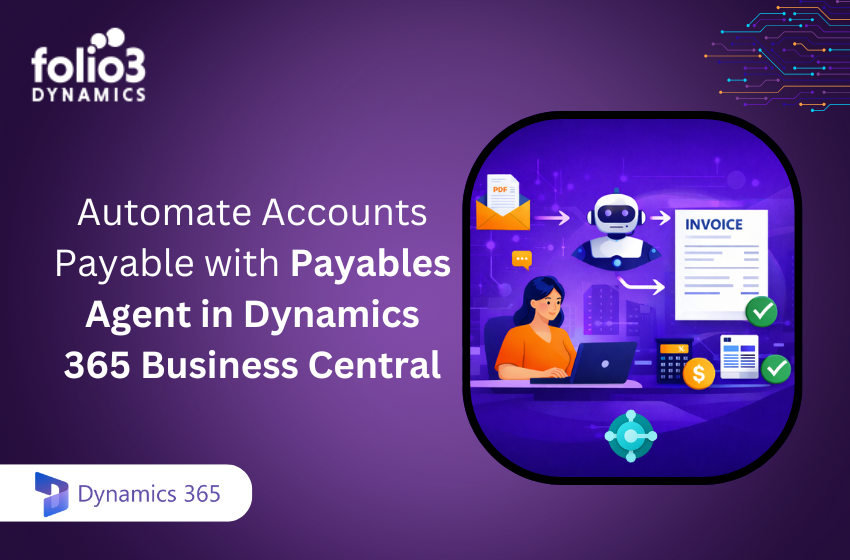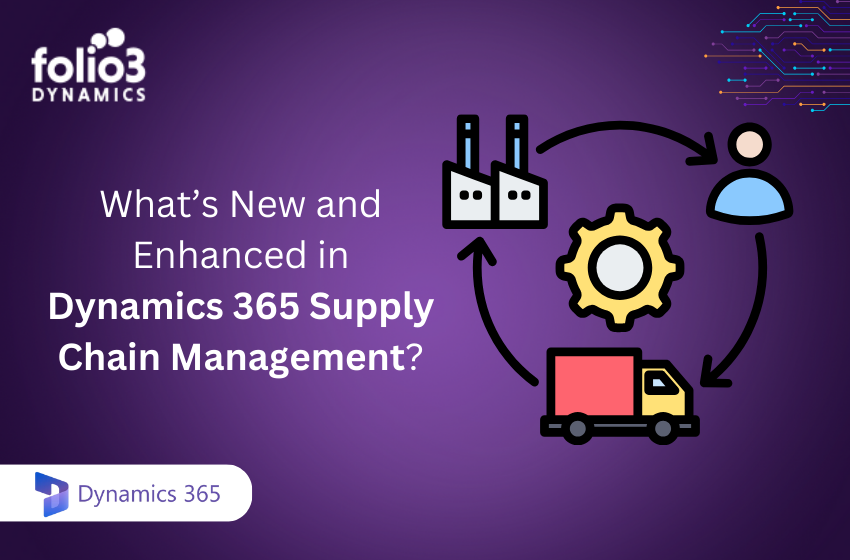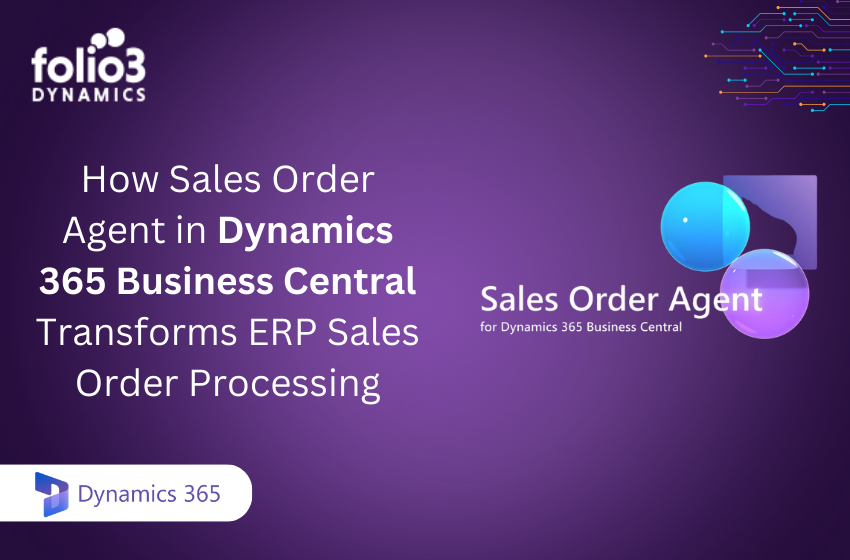What is Procurement Management?
Procurement Management is the management of all the processes involved in acquiring the materials, services, goods, and products required for an efficient business. These materials, services, goods, and products are mainly used for business-related operations.
The term ‘procurement’ means buying services, products, or materials for a business operation, and these items are purchased on a large scale. In procurement, two companies are involved: one in selling the products, services, or goods, and the other in buying these services or products. However, the term procurement is only used for the buyer and not for the seller’s activities.
Procurement Management is mainly dealt with by the input department of a company or business enterprise. That department ‘procures’ the services, products, or goods bought and uses them to make their final product.
Commonly, the terms Procurement and Supply Chain Management are misunderstood. To clear any misunderstanding between the two terms, Procurement is the process of acquiring the supplies that a company or a business need for its operations. On the other hand, Supply Chain Management deals with how those supplies are used and transformed into manufactured products and delivered to consumers.
Different Types of Procurement Management
There are three different types of Procurement Management: Direct Procurement Management, Indirect Procurement Management, and Service Procurement Management. These three types have other functionalities, and each is used differently.
- Direct Procurement Management
- Indirect Procurement Management
- Service Procurement Management
Direct Procurement Management deals directly with acquiring services, goods, and products for manufacturing purposes. Direct Procurement is a crucial process that directly affects the output production of a company or a business.
This type of Procurement Management system is generally shared among manufacturing companies that manufacture products on a large scale. The Procurement Team in that manufacturing company then creates good relationships with direct procurement vendors to easily acquire products, goods, and services at a reasonable rate. Examples of some of the goods and products of Direct Procurement are raw materials, pieces of machinery, and resale items. These items are used as the input in the manufacturing process that produces a value-added output for the manufacturing company.
Indirect Procurement Management deals with the purchasing and sourcing goods, products, materials, and services for internal use. This type of Procurement Management utilizes procured products, services, or goods and sells the rest to other manufacturing companies. They may also add value to the products, services, or goods by upgrading them and selling them at a higher rate to other manufacturing companies.
In Indirect Procurement Management, the Procurement Management team of a company or a business resorts to short-term relationships and transactional contracts with the suppliers.
Service Procurement Management deals with managing and procuring contingent workforces and services related to procurement consultation. Service Procurement Management is usually handled and run by a separate department of a company or a business enterprise.
This department manages all the affairs and matters of Procurement Management, for example, software subscriptions and signing transactional contracts with procurement suppliers. Service Procurement Management also hires all the staff members and employees related to Procurement Services.
Stages of Procurement Management
- Identifying Your Requirements or Needs
- Determining the Specifics of Your Requirements
- Selecting the Best Procurement Vendor
- Getting Quotes and Negotiating
- Purchasing Your Requirements
- Delivery of Your Orders
- Product Inspection
- Payment
The first step or stage in a Procurement Management plan is identifying what your company or business enterprise needs. By defining these needs or requirements, you can further research them and find suppliers selling the items you need at a reasonable rate.
At this stage, you must consult other stakeholders in your company or business enterprise so that a unanimous decision can be taken, preventing issues and disagreements later in the procurement process.
After the company’s needs and requirements have been clearly defined, the exact specifics of them should be determined. You must specify what products, goods, materials, or services your company or business enterprise needs so that you do not purchase the wrong ones.
If the list of requirements includes those products or goods that have not been previously required, it may be challenging to specify and determine what type of product, material, service, or good is needed. For that, you may have to consult the procurement team, the administration of the company or business enterprise, and the departments related to Procurement Management planning. Through this consultation, a unanimous decision will be taken, avoiding previous mistakes.
After the specifics of the required products, materials, and services have been comprehensively defined, the procurement team should start researching those requirements. They should find various sources that supply these requirements. For requirements that you have had to buy in the past, there may already be a list of possible vendors that may supply the requirements.
For a new item, though, it can be challenging to identify vendors and get a quote from each one of them. Another way to buy newly required items is to work with a pre-existed list of potential vendors. These potential vendors are already marked as suitable suppliers, and there is a high chance you might sign a contract at a reasonable rate with a procurement vendor.
However, if the vendors are relatively new in the market, you may have to investigate to determine their quality, reliability, reputation, prices, and speed.
After that, the procurement department has to investigate vendors, get quotes, and select a procurement vendor. This part of the process is crucial because your company or business might suffer huge losses if you land on a contract with the wrong vendor.
The guiding principle in selecting the best vendor is to get at least three quotes, but this will be determined by the procurement team and the company’s administration or the business enterprise. Thus, approval from the administration will usually depend on the options of vendors available and the costs involved.
For Direct Procurement, you can request vendors for quotes regarding the products, goods, or services. Again, you should get at least three quotes before finalizing your decision. You can examine the quotes for the price, speed, and quality of the products, goods, or services. It would be best if you also kept in mind the reliability of the procurement vendor.
The process of selecting a procurement source or vendor should be transparent and fair to both your company and the procurement vendor to ensure that you get the best quality services, products, or goods. If the procurement vendor selection process is compromised, the quality of the services and products you purchase may also be compromised.
You can also consider buying from multiple procurement sources, but it is a decision that should be taken after consultation from the company’s stakeholders. If you purchase goods and services from a single procurement source, the higher volume of orders will give you an edge in bargaining and negotiating rates. However, if that single source of procurement cannot meet your demands, your whole manufacturing process will be severely affected.
On the other hand, having more than one source of procurement reduces risks. Though, you may not be able to bargain and negotiate rates effectively.
At this stage of the Procurement Risk Management, the procurement requisition should be approved unanimously by the authority or administration of your company or business enterprise. The order for the materials, products, or services should be given with the specifics to get precisely what you want. Occasionally, the procurement vendors will involve the buyers to find themselves the specifics of the order right. This ensures that both the procurement buyer and seller understand the particulars of the order.
After your order has been completed, a shipment notification will be sent to you. The delivery of your order will be according to your company or business enterprise. If your order included physical goods, products, and raw material, it would be shipped to your desired location. If your order had online services, it would be delivered online, usually through an email which will contain further instructions. All in all, the delivery will be according to what both the parties agreed to in the contract.
After the products, goods, or materials have been delivered, it is the responsibility of the buyer company to inspect the supplied material thoroughly. You should check if the items match your purchase order. You can approve it if you are satisfied with the delivered items.
However, if you did not get what you were promised, you can reject the delivered items. This will trigger actions, depending on the conditions and terms of the agreement you signed.
After you approve the delivered procurement items, the payment process starts. Payment documents regarding the order are studied, and the specifics, receipt, and payment request invoice are compared.
If any errors are spotted, they should be resolved before the payment. After the errors are rectified, and there are no further issues, the payment is made according to the terms and conditions initially signed in the contract.
Importance of Procurement Management Software
Procurement Management Software is essential for companies and business enterprises as, without it, it would be nearly impossible for business operations and processes to function. Procurement Management Software ensures that all the raw materials, items, and services are available so that the business operation, such as manufacturing a specific product, can occur efficiently, without any hindrances.
Procurement Management Software can be utilized as a competitive advantage over other companies and businesses that are not using it. If implemented appropriately, Procurement Management Software can save time, money, and resources. By minimizing errors and bringing down production costs, Procurement Management Software plays a crucial role in a company’s performance and success.
Furthermore, Procurement Management Software can be leveraged for negotiations with other companies, business enterprises, and procurement suppliers. This plays an important in expanding your business and initiating solid relationships with other companies and enterprises.
Components of a Procurement Management
There are three main components of Procurement Management in any company or business enterprise. These components form a complete Procurement Management that organizes and manage tasks related to procurement. These Procurement Management components are:
- People
- Process
- Written/Online Records or Paperwork
One of the components of effective Procurement Management is the number of people involved in the tasks related to Procurement Management. Generally, the number of people involved depends on the scale of production and manufacturing of a company or business.
For a smaller company or business, the number of people involved in Procurement Management is few. For relatively larger companies or businesses, they have a team of personnel working in each department of Procurement Management.
Another component of Procurement Management is the process involved in managing all tasks related to procurement. Ideally, the process should be efficient and well-organized so that the business and procurement can function correctly.
A disorganized and efficient procurement process leads to inefficiencies in the business enterprise. Due to this, the entire project Procurement Management of the business can be delayed. This creates significant issues while manufacturing products or while purchasing the input raw material.
Paperwork is essential at every step of Procurement Risk Management. You can either keep an online digital record or written paperwork regarding all the processes and activities done in Procurement Management. This will help you keep track of everything related to Procurement Management in your company or business enterprise.
Although digital records are mainly used nowadays, it is also vital for both the procurement buyers and sellers to keep a written record of all the information at each stage of a procurement deal. This will prove fruitful if any legal actions have to be taken in the future.
Conclusion
Procurement Management Software is continuously evolving as advancements are being made in technology. Procurement Management, in general, is also constantly improving, with many technical experts assisting companies and business enterprises in this field. Whether you run a small company or a large business enterprise, Procurement Management Software will always come in handy as it makes it easier than ever to organize and manage business operations, especially manufacturing products.


